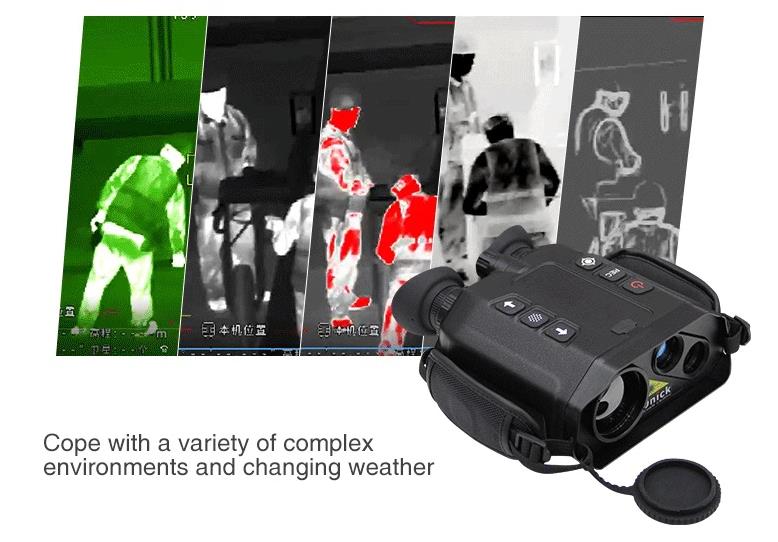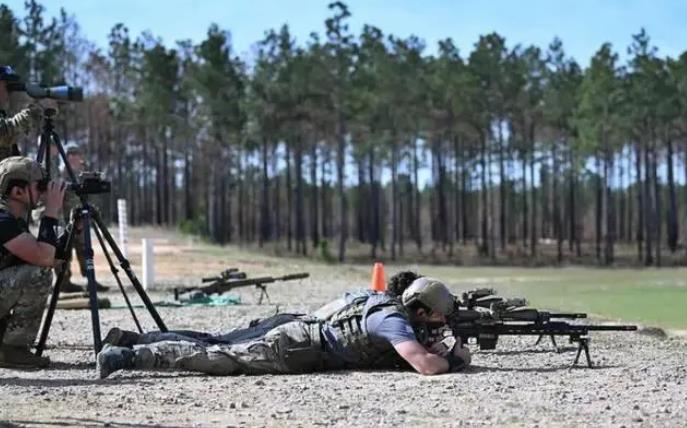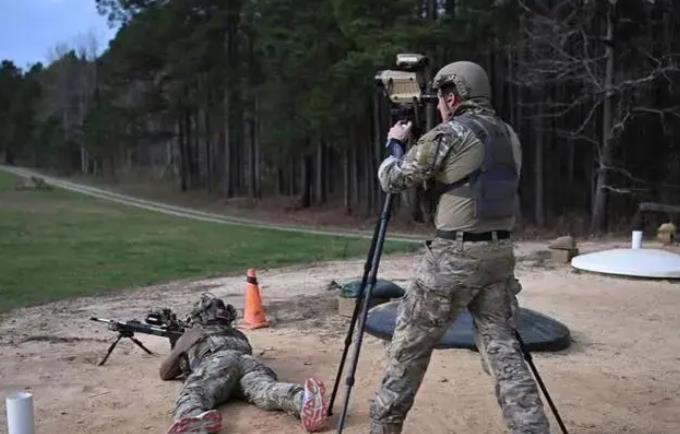Military infrared thermal imagers are of great significance in the field of national defense and security. We, onick Optics (Wuhan) Technology Co., Ltd., provide professional handheld infrared thermal imagers that can detect objects in a completely dark environment, and are not affected by factors such as smoke and dust, and can be used all day long. At the same time, infrared thermal imagers detect infrared radiation emitted by objects in a passive way. Compared with other active imaging systems with light sources, they are more concealed and very suitable for military reconnaissance, surveillance, guidance and other applications.
The following is a detailed introduction to military infrared thermal imagers:
Working principle
All objects with a temperature higher than absolute zero (-273.15℃) are constantly radiating infrared rays. Military infrared thermal imagers use the infrared radiation emitted by the target itself to form an observable image based on the temperature difference or thermal radiation difference between the target and the background or the various parts of the target, thereby realizing the detection, identification and tracking of the target.
System composition
Infrared optical system: Its function is to filter out infrared rays in the band that the detector does not need, and focus the infrared rays in the required band on the detector to collect infrared heat distribution signals. Its structure can generally be divided into three types: reflective, refractive and catadioptric.
Infrared detector: It is the core component of infrared thermal imager, responsible for converting the concentrated infrared radiation energy into electrical signals. Common ones include photon detectors, pyroelectric detectors, thermistor detectors, charge-coupled devices and infrared vacuum devices.
Signal amplification and processing system: further amplify and process the weak electrical signal output by the detector, and extract the information required by the control device or display recording device from the signal, such as the position, shape, motion state, etc. of the target.
Display recording system: convert the processed signal into an intuitive image or data, display it on the screen for the operator to observe, and also record and store the image and data for subsequent analysis and processing.

Main features
Good concealment: passively receive the infrared radiation of the target, without emitting any energy, not easy to be discovered by the enemy, and has strong concealment.
All-weather working ability: can penetrate smoke, fog, dust, snow and other adverse weather conditions, is not affected by light and darkness, can work normally in complete darkness, rain, fog, snow and other environments, and realize continuous monitoring and tracking of targets.
Strong ability to identify camouflage: Different objects have different infrared radiation characteristics. Even if the target is camouflaged, it is difficult to completely cover up the temperature difference between it and the background. Therefore, infrared thermal imagers can effectively identify camouflaged targets.
Long detection distance: Equipped with high-performance optical systems and detectors, it can achieve a longer detection distance and can detect targets outside the enemy's firepower range, providing combat personnel with sufficient reaction time.
Fast reaction speed: It can quickly capture the infrared radiation changes of the target, and can also track and lock fast-moving targets in time, and its response time can reach microseconds.
Military application
Reconnaissance and surveillance: It can be used for patrol reconnaissance, border monitoring, battlefield frontier observation, etc. of ground forces. It can also be equipped on platforms such as aircraft, drones, satellites, etc. to conduct reconnaissance and surveillance of large areas, and timely discover the enemy's military deployment, mobilization and action intentions.

image
Military equipment Infrared thermal imagers are used for reconnaissance and surveillance
Target positioning and aiming: Provide accurate target positioning information for weapon systems, help soldiers, tanks, aircraft, etc. accurately aim at targets at night or in bad weather conditions, and improve the hit rate and combat effectiveness of weapons.
Navigation and driving assistance: Installed on vehicles, aircraft, ships and other equipment, it provides drivers with clear information about road conditions, terrain and surrounding environment, assists navigation and driving, avoids collisions and dangers, and ensures safe driving in complex environments.
Infrared guidance: Many missiles use infrared imaging guidance technology, which uses the infrared radiation characteristics of the target for tracking and guidance, so that the missile can accurately hit the target, improving the missile's anti-interference ability and hit accuracy.

image
Military equipment Infrared thermal imager for infrared guidance
Infrared countermeasures: On the one hand, it can detect the enemy's infrared radiation sources, such as infrared guided weapons, infrared reconnaissance equipment, etc., and issue alarms in time and take countermeasures; on the other hand, it can also use infrared decoys, jammers and other equipment to deceive and interfere with the enemy's infrared detection and guidance systems, reducing their combat effectiveness.


